Essential Guide to Fire Fuel Reduction in the SF Bay Area
Fire Fuel Reduction is more important now than ever. Some people refer to it as Vegetation Management. They mean the same thing – reducing and eliminating any hazardous vegetation that poses the risk of wildfire. Weed abatement is a part of this process.
What you need to know is – that now is the time to have hazardous vegetation removed or reduced. It is the first step in wildfire resilience. Hazardous vegetation includes invasive and/or noxious weeds and plants known to be highly flammable.
This updated post from 2020 is simple with easy-to-digest basics. We guide you through Fire Fuel Reduction and its role in preventing wildfires.
Our guide covers these essentials
- What Fire Fuel Reduction is and why it’s more important now.
- The 3-Rs of Fire Fuel Reduction activities.
- Methods of invasive weed removal.
- How to tell if your property is at risk.
Why is Fire Fuel Reduction more important now?
The wildfire threat is worse because of two factors: drought and warmer temperatures (with warmer temps coming earlier and more prolonged heatwaves).
Cal Fire says
“These continued dry conditions, with above-normal temperatures through spring, will leave fuel moisture levels lower than normal, increasing the potential for wildland fire activity.”
It’s unnerving to see that grasses are tinder-dry and brown so early in the season.
Here’s what Daniel Swain, climate expert and author of WeatherWest.com, says in a recent post on weatherwest.com. “All signs point toward widespread extreme drought by mid-summer.” Swain has also asserted that the west no longer has a distinct fire season, but rather fire potential “straight through the winter”. The Big Sur fire in January is one example.
Local Fire Departments are offering more programs to help residents. Examples include offering grant money to property owners for weed abatement and related work. Additional programs include chipper days and wildfire preparation workshops. An example of these programs from Firesafe Marin.
Read on about the 3 facets of fire fuel reduction.
The 3-R’s of Fire Fuel Reduction
Removal
Of dead fuels (vegetation), grasses, weeds, brush, invasive species, and plants deemed fire accelerants.
Here are some examples:
Types of invasive weeds to remove
See our previous blog that identifies the top 7 most invasive weeds and includes photos.
They include:
Broom species (French and Scotch)
Fennel or Licorice plant
Bull Thistle
Cape Ivy
Himalaya Blackberry
Periwinkle or Vinca Major
Ice Plants

Example of 3 Invasive Weeds – above there is a link to our previous report highlighting these and other plants
Beware of these plants – once-popular – now considered fire accelerants
Juniper
Italian Cypress
Rosemary
Bamboo
Fountaingrass
Eucalyptus
Reduction
Thinning heavy brush and trimming trees. Crucial to reduce the spread and intensity of a wildfire.
Pruning shrubs and trees will provide adequate separation between them and away from your structure.
Check with your local fire department for plant spacing requirements in your area. The section below has a link on spacing tips for properties on a slope.
Replacement
Replace with fire-resistant plants. These plants should be non-oily, deciduous, or have higher water content. Make sure they are free of deadwood and well hydrated. Because of the drought be aware of your community’s water restrictions.
Below are links to great tips including fire-resistant plants
- Diablo Firesafe Council has a comprehensive list of fire-resistant plants
- UC Master Gardeners article on fire-wise plants and tips on maintenance
- FireSafe Marin
- Moraga-Orinda Wildfire Fuels Reduction
- UC Master Gardener on Firewise landscaping
Vegetation Management Activities
Manual – hand pulling or cutting
For smaller areas, this is sometimes preferred for removing the weed’s roots.
Mechanical treatments
Such as mowing weeds
Selective tree removal
Chemical treatments with herbicides
The least desirable method, but sometimes warranted for large areas as part of an integrated pest management (IPM) plan. For weeds that are invasive and combustible.
Fire Break Work
Work is usually performed on a hillside with equipment that creates a non-flammable gap between vegetation, acting as a barrier to stop the progress of a fire.
Managed Grazing
Generally used for large areas for fire breaks and to clear combustible weeds. Goats, miraculously suited to the job, forage for low lying grasses, weeds, trees, shrubs, branches, and invasive vegetation. They can also reach upwards of 4 to 5 feet to eat tree branches, which reduces “ladder fuels” and helps to slow spreading of a fire. It’s a cost-effective, environmentally friendly option and a joy to watch.
See our website for a full description of these services.
Controlled Burns
The state of California says this about controlled burns:
“Sometimes called a controlled burn or prescribed fire, prescribed burning is one of the most important tools used to manage fire today. As catastrophic wildfires continue to be a growing concern in California, the use of prescribed burning to reduce hazardous fuels is projected to increase. Daily burn decisions are issued based on the forecast of air quality and meteorological conditions that can affect smoke dispersion.”

Managed Grazing Project
What you can do now
Know your property and its risk of wildfire
Make sure you have the most up-to-date information from your local fire department. (See below for links).
Especially at risk are WUI or Wildlife Urban Interface areas
Areas, where wildland and residential communities intersect, are at risk for wildfire. Categorized as “high” or “very high” risk. Contributing to this is a trend toward building more homes adjacent to open space.
Parts of Marin, Contra Costa, and Sonoma Counties are considered “very high” or “high” risk.
Is your property on a hillside?
Wildfires on a slope burn more rapidly and have longer flame lengths than along flat ground. The steeper the slope, the more quickly it will travel.
Clearance between shrubs should be 4 to 40 feet depending on the slope and size of vegetation.
Assess your property’s risk of wildfire exposure by looking at the slope of the land around your commercial building or home and the direction your building faces. See these tips from FireSafe Marin if you are on a slope
Begin defensible space planning
The links below have the latest requirements on defensible space.
We will also cover this topic in the summer.
Inspect your property
I recall a letter to the Marin IJ’s editor, written by a Fire Ecologist a couple of years ago. I wanted to pass along his simple tip. Examine your property for dry debris within five feet of a structure’s foundation, especially under wooden stairs and decks. The reason – embers from approaching fire target these areas.
Call us with questions about vegetation management to prevent fires.
(510) 439-3700.
See the video below on Fire Smart landscaping, narrated by a local Master Gardener.
See additional links below the video
The links below have up-to-date guidelines on reducing your risk.
- Sonoma County Fire Prevention – Plus links to individual communities
- Firewise Marin
- Contra Costa County
- Oakland Vegetation Management
- Berkeley Vegetation Management
- Alameda County
- Solano County

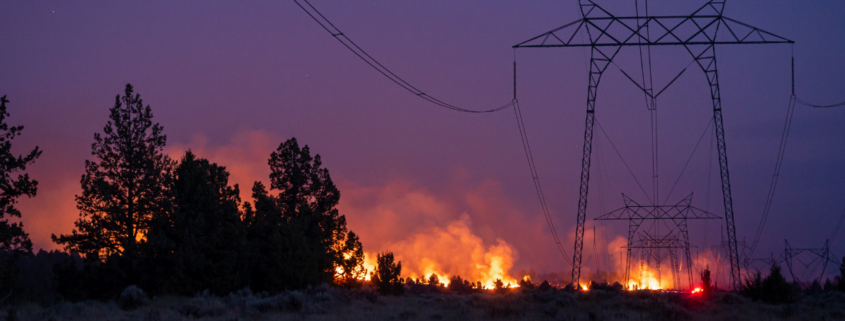
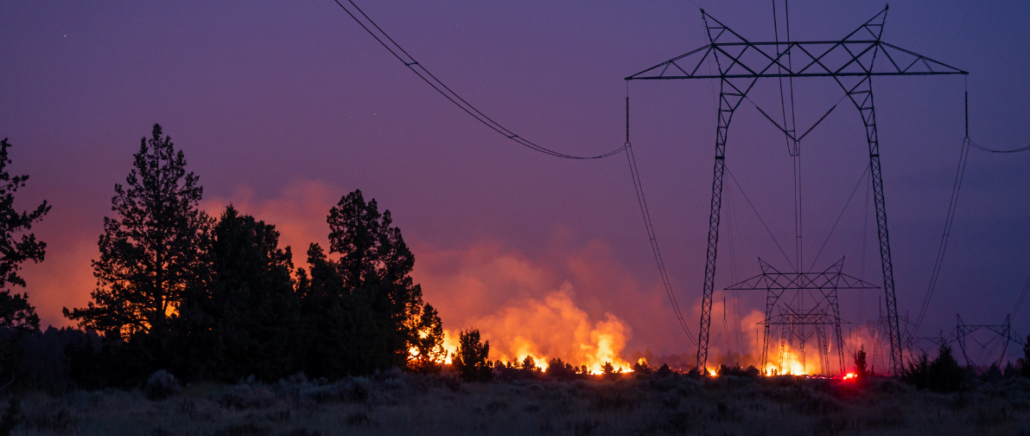
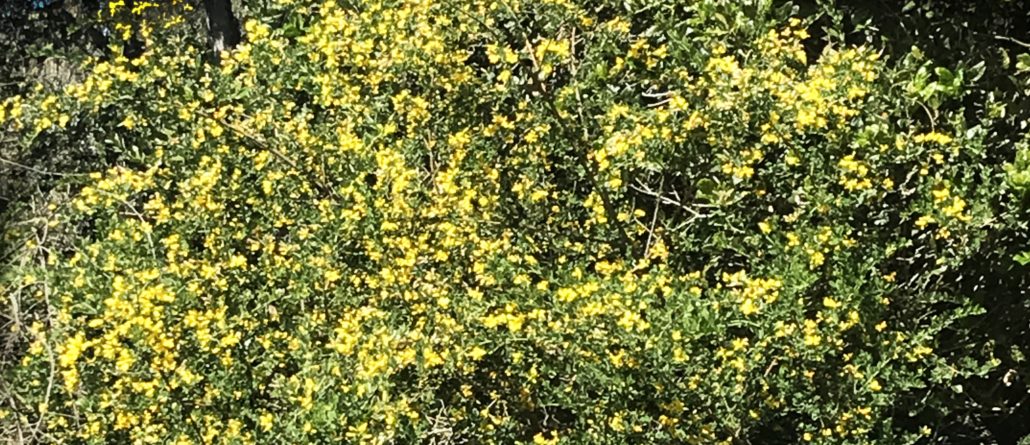
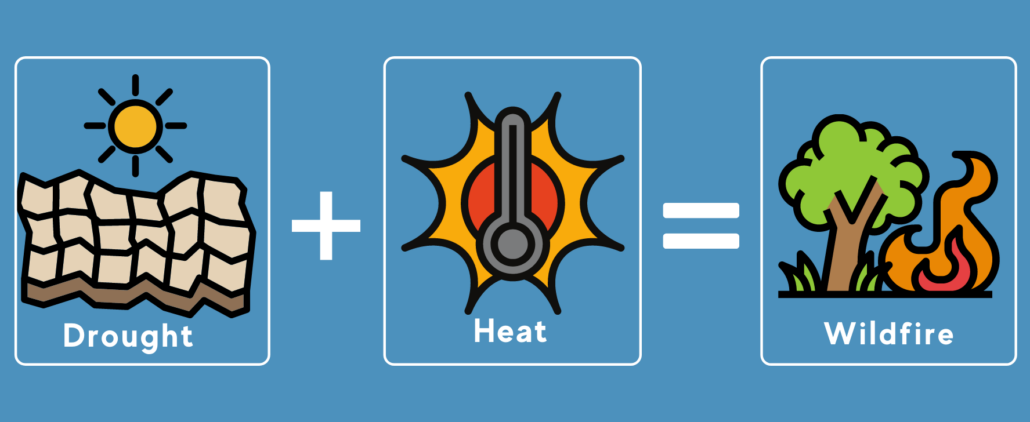
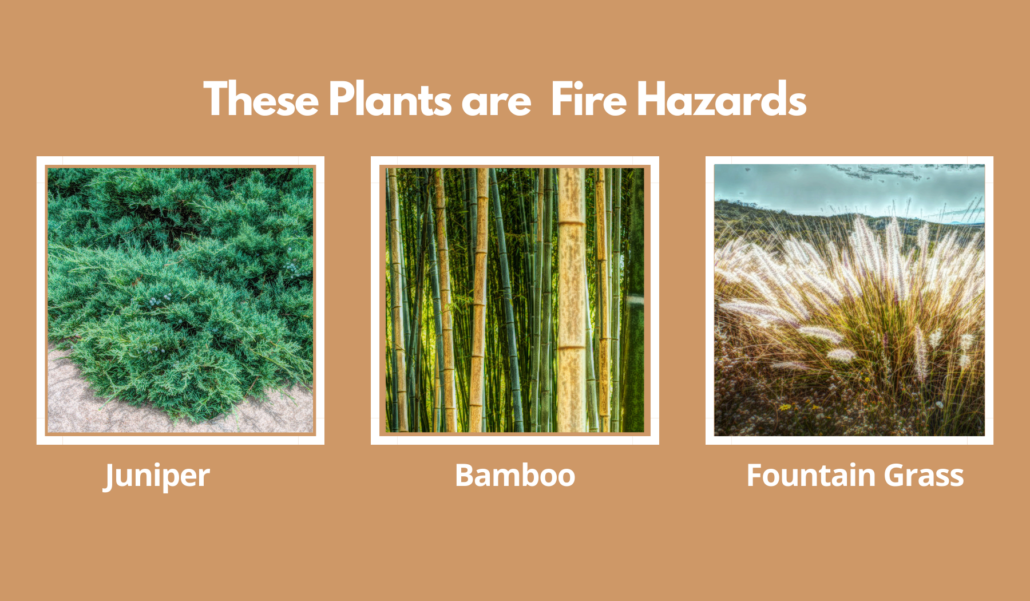
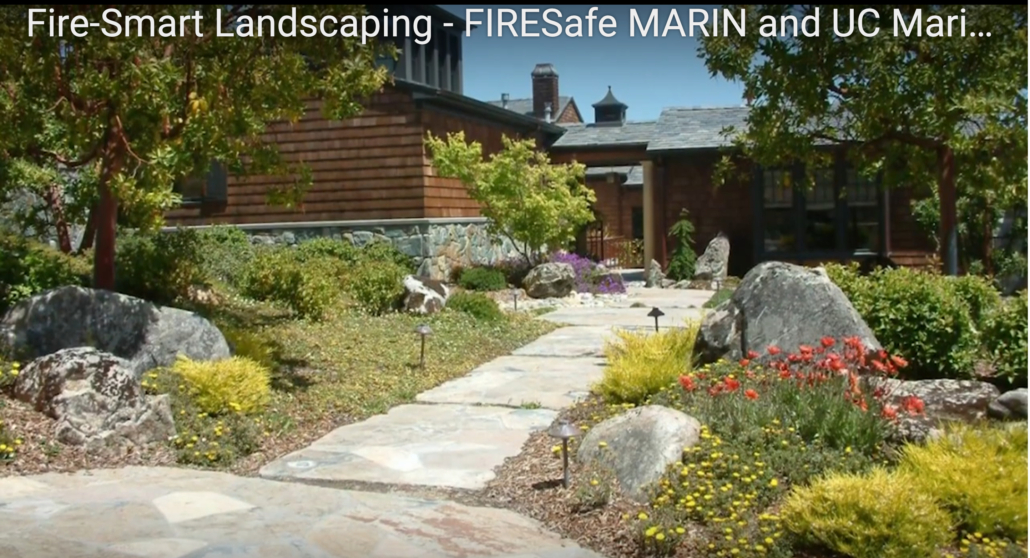

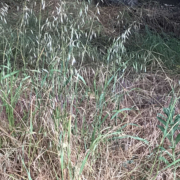
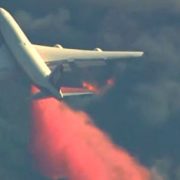

Leave a Reply
Want to join the discussion?Feel free to contribute!